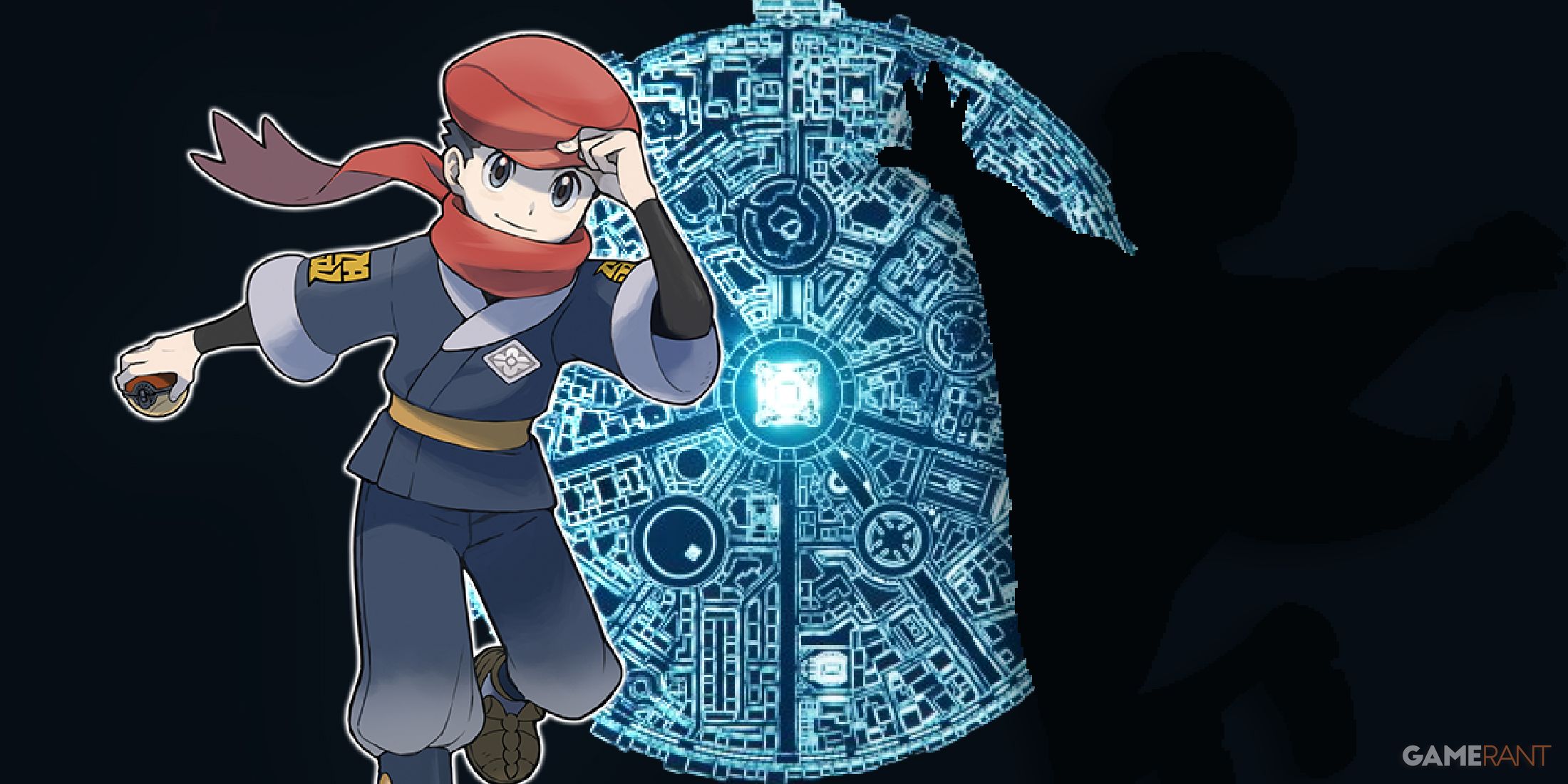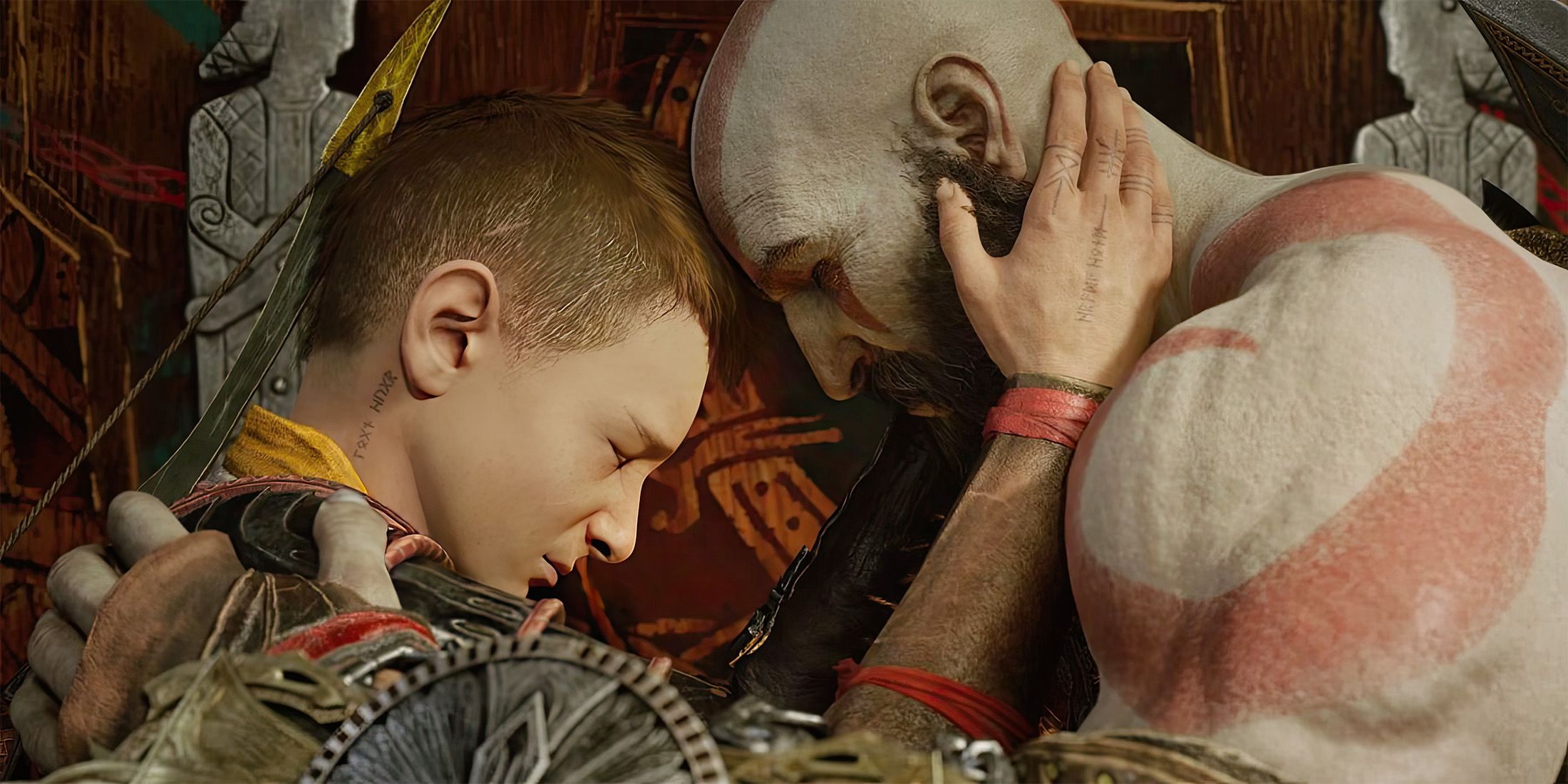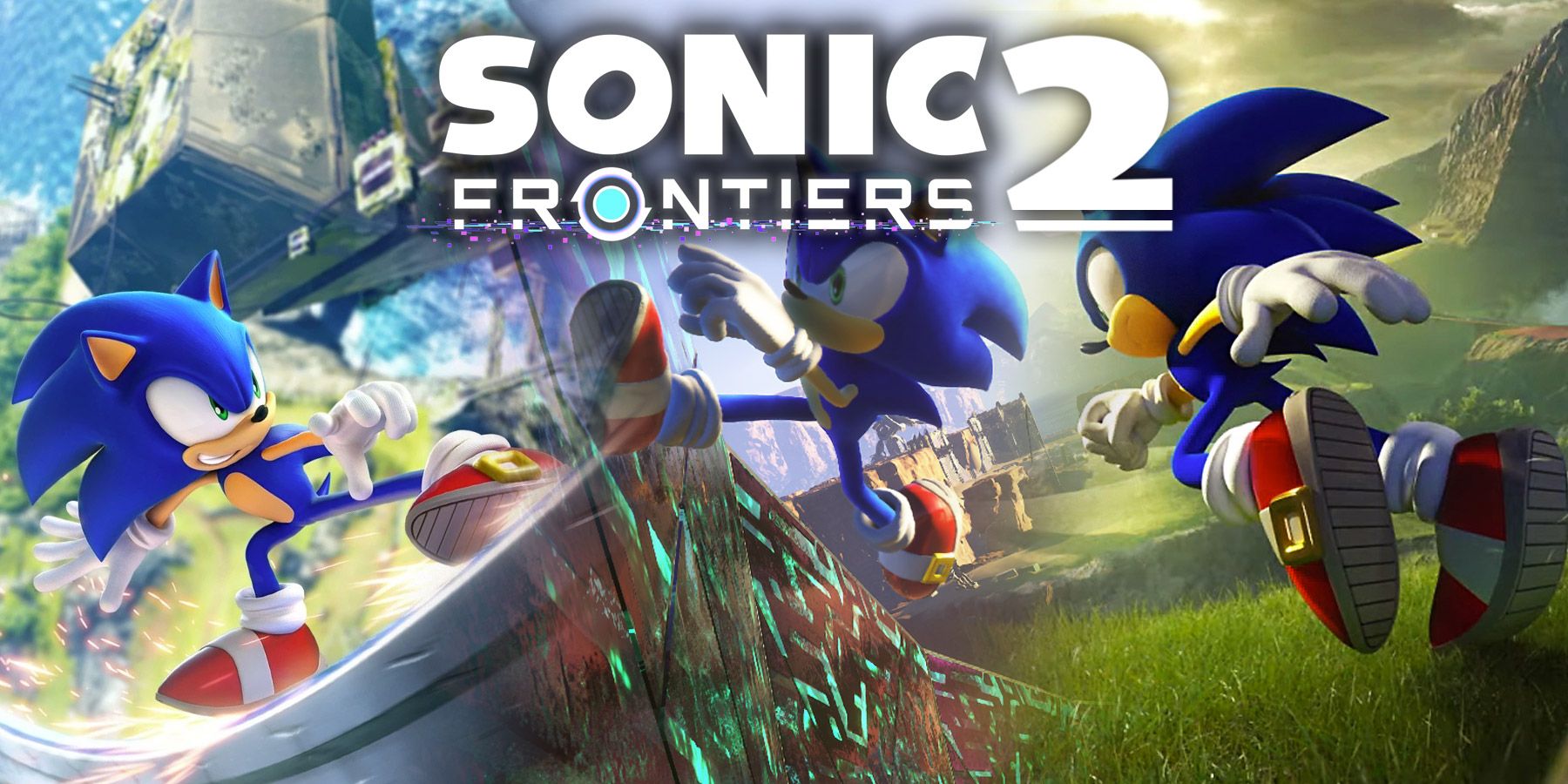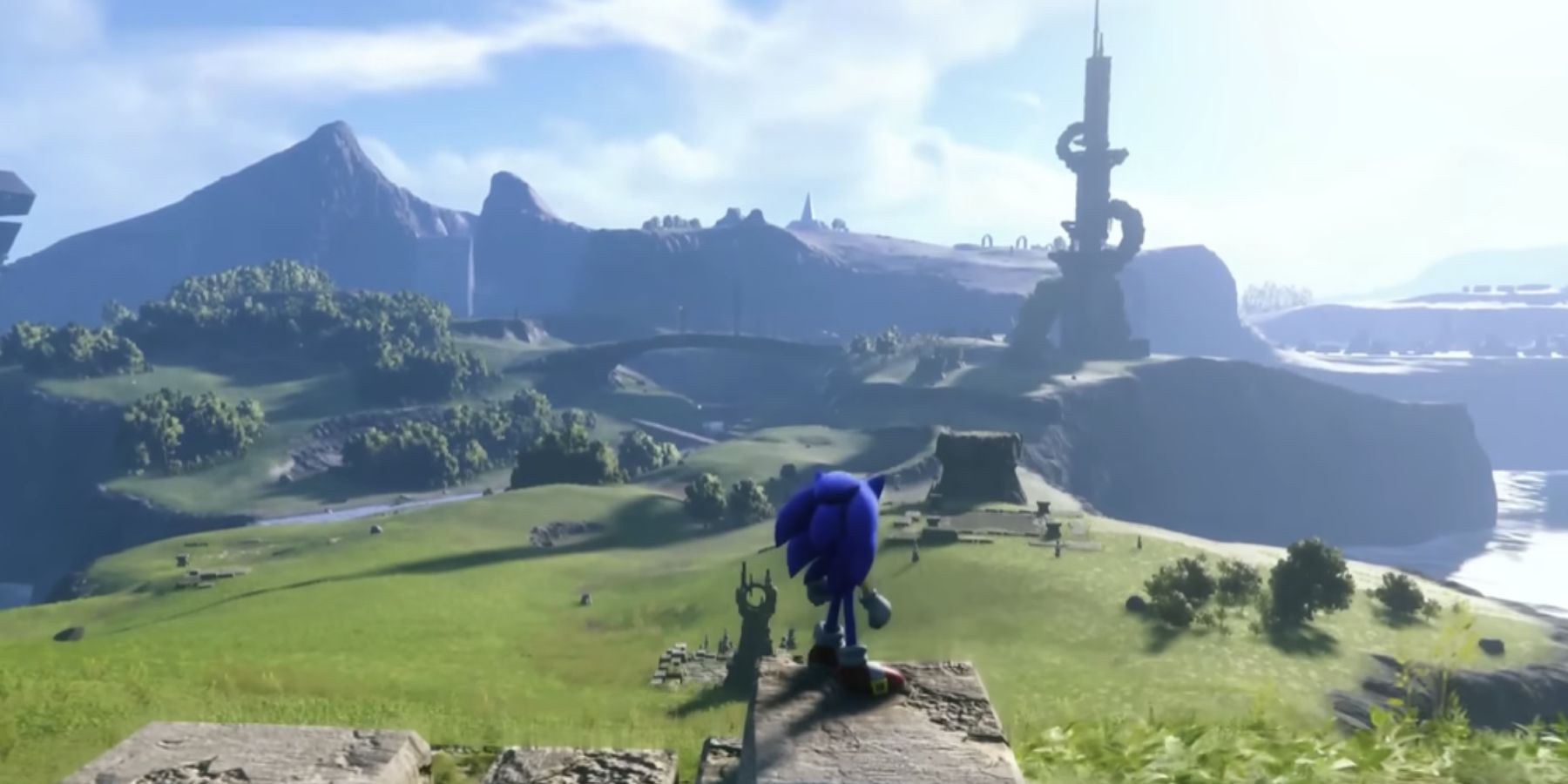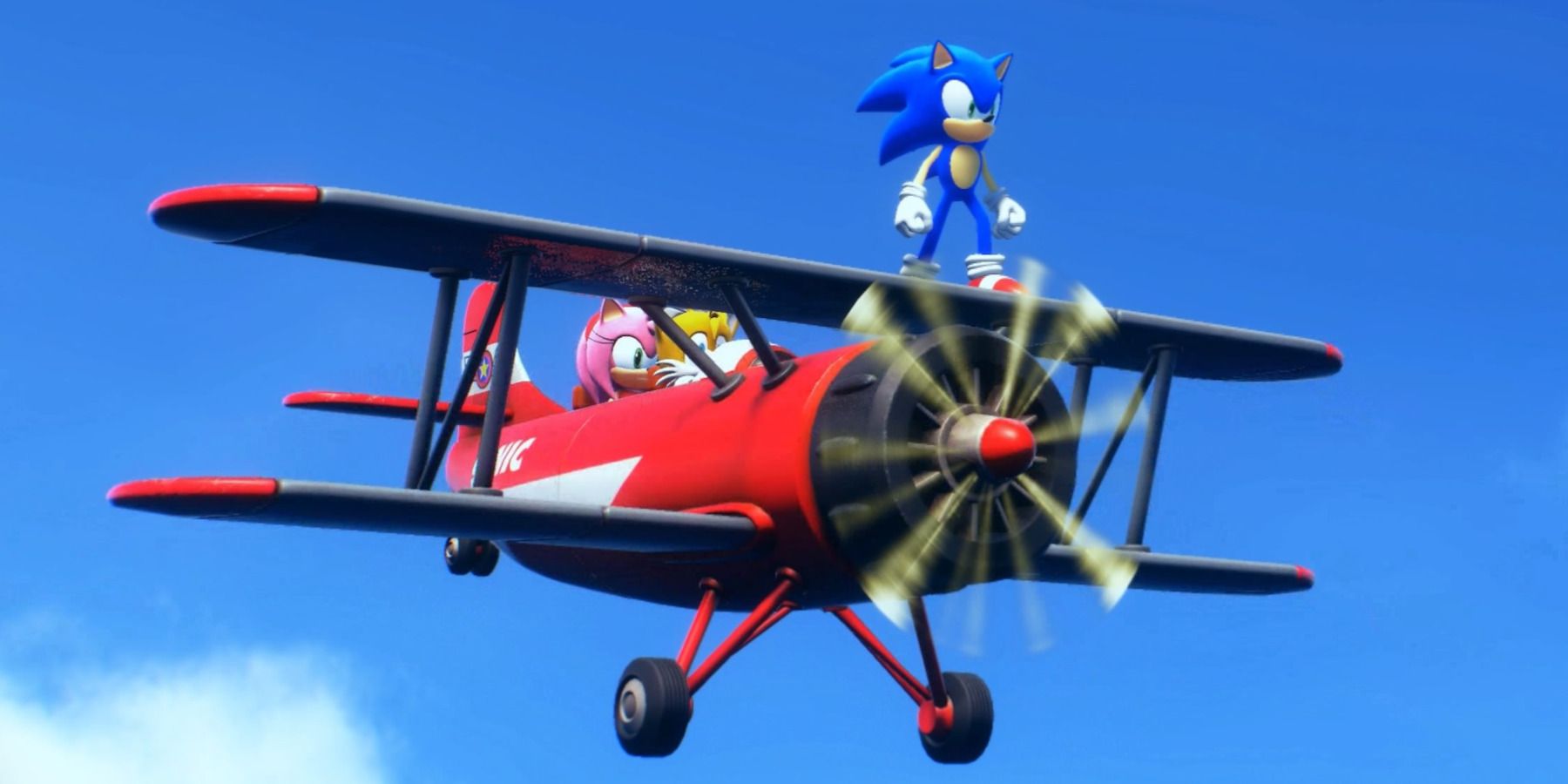Sonic Frontiers has been released to impressive reviews and sales, at least by modern Sonic standards. After spending over a decade trying different variations of Boost gameplay, the series has merged it with something resembling Sonic Adventure's more freeform platforming. This played out in Sonic Frontiers open environments, and was supplemented by a strong narrative, resulting in the biggest step forward the Sonic franchise has taken since Sonic Mania.
Over its three decades of life, Sonic the Hedgehog has become known for trying different ideas and then discarding them. The Boost era began with Sonic Unleashed and stabilized this somewhat, but many feel that Boost gameplay relied too heavily on gimmicks. The addition of classic 2D Sonic gameplay didn't help, and was promptly outdone by Sonic Mania. Now that 3D Sonic has found success again with Frontiers, there are some concerns that it will start over when the game following Sonic Frontiers should strive to make everything good about the original better, patching up holes in the process.
Focusing on Open-World Gameplay Would Improve a Frontiers Sequel
Ideally, a Sonic Frontiers sequel will build upon what makes Frontiers work, including how well Sonic's mobility complements an open environment. Sonic is able to cross the Starfall Islands so quickly that several areas in Frontiers have to stop the hedgehog with either a choke point or an invisible wall. While some boundaries are acceptable, it's handled clumsily in Frontiers, highlighting how the game isn't leaning into its open nature as much as it could. There’s more to be done with a sandbox Sonic game than scattering rails, springs, dash panels, and puzzles around scenic landscapes.
Varying the environments beyond open fields or desert ruins would help alleviate this. Seeing the open-zone approach used in Sonic's typical wide mix of backdrops would be visually striking, and justify having more variety in the challenges. Sonic should be spending as much time in these open spaces as possible, requiring traditional Sonic levels to be further marginalized. Sonic Frontiers’ Cyber Space levels proved controversial for a number of reasons, so it would be better to allocate resources toward what’s fresh and functional. The occasional linear Sonic level is good, but improving micro-challenges in zones and the world itself would be the way to go.
A Frontiers' Sequel Needs Gameplay to Reinforce The Narrative
Sonic Frontiers set up a lot of potential with its new structure and story. Sonic's capabilities in battle and the environment should be expanded and streamlined where appropriate, ensuring versatility in regular gameplay. More fights with giant opponents, whether as normal or Super Sonic, would also be appreciated if given more polish. One lead that a Frontiers sequel must follow up is the individual adventures of Sonic's allies, and potentially what they can bring to the table in gameplay. Fans will be getting a taste of that through DLC in late 2023, which should serve as a testing ground for reintroducing Sonic's friends in modern gameplay.
Close friends aren't the only people Sonic should be interacting with. A big step toward making environments feel more lively would be adding NPCs. Sonic Frontiers has the occasional holographic friend and scattered Kocos, but that isn't much. Giving more inhabited parts of Sonic's world the Frontiers treatment would be great for worldbuilding, and could introduce plenty of new fan-favorites characters or side quests. Above all else, a Sonic Frontiers sequel needs to focus on delivering a compelling world to run through if it wants to be the ideal successor.
Sonic Frontiers is available for PC, PS4, PS5, Switch, Xbox One, and Xbox Series X/S.

